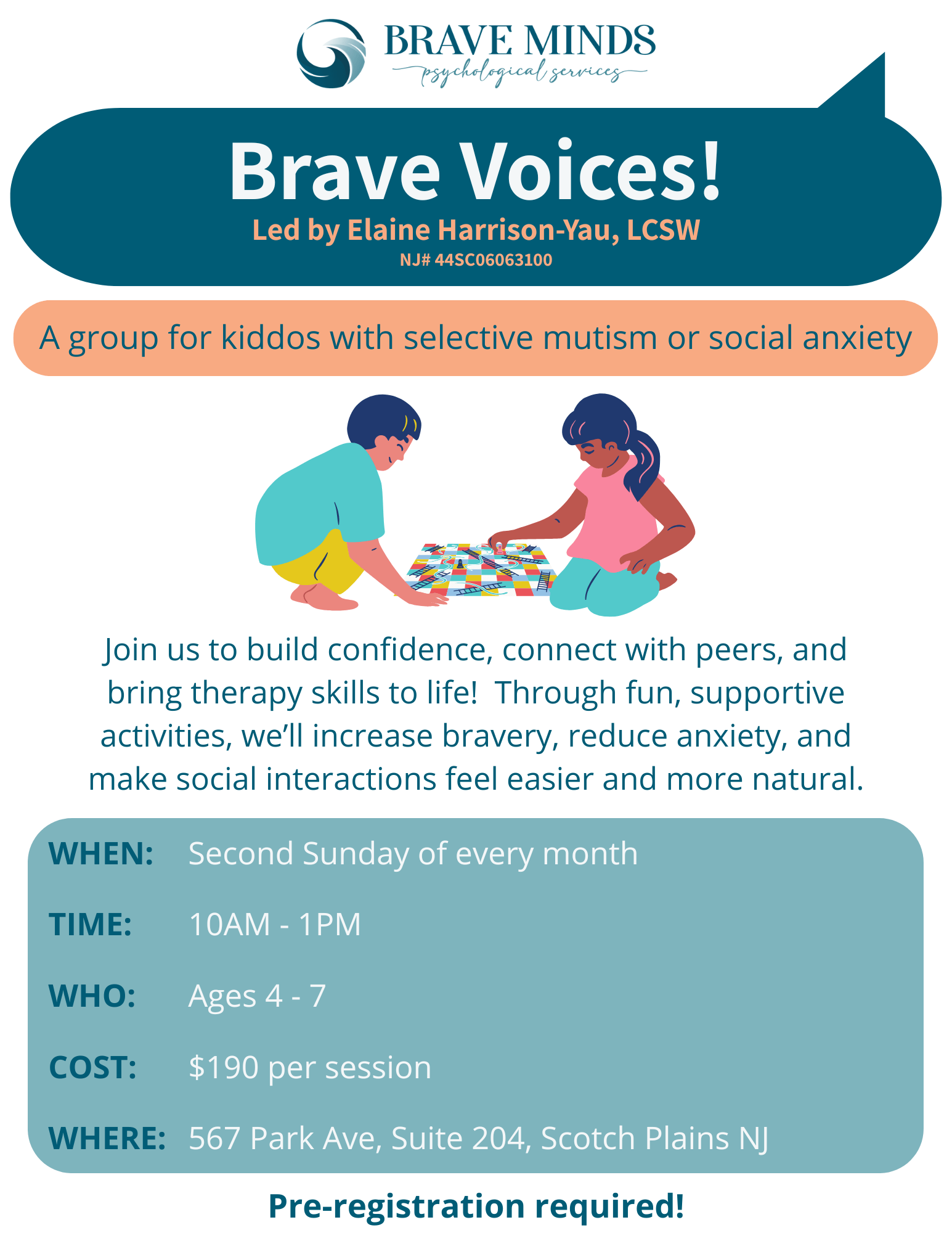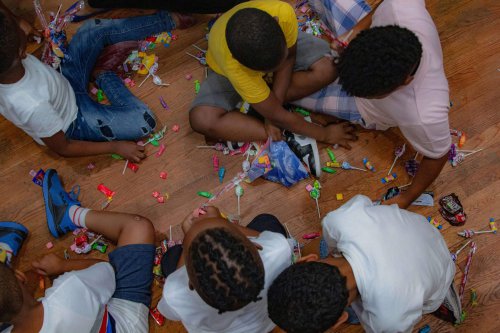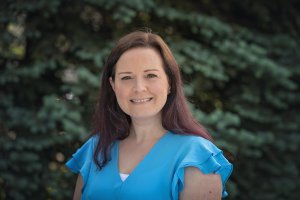Helping Children Find Their Voice Together
If you’ve read blog posts about selective mutism, you probably have a pretty good idea of what it is and whether your kid might be dealing with it. As a quick reminder, Selective Mutism (SM) is basically an anxiety thing where kids can’t speak up in certain situations, even though they talk just fine at home or in other places. The key is getting help early once you know what’s going on. One really effective way to help your child is working with a therapist who’s trained in Parent Child Interaction Therapy – Adapted for Selective Mutism (PCIT-SM). These therapists can work one-on-one with you and your kid to help them get past the selective mutism.
However, individual therapy is not the only option for treating selective mutism. Group therapy can be very effective in helping your child move forward, especially when they’ve been putting in so much effort to work through their selective mutism.
What is Group Therapy?
Group therapy is a form of therapy where children with similar experiences or challenges come together under the guidance of a trained therapist. The purpose of group therapy is to provide support and encouragement as well as foster a sense of community and belonging.
Brave Voices: Group Therapy for Selective Mutism in Scotch Plains, NJ
Brave Voices, here at Brave Minds, has been created for kiddos with selective mutism and/or social anxiety. It provides children with an opportunity to
- Be brave
- Separate from parents/caregivers
- Build confidence
- Connect with peers in a supportive, low-pressure environment
Brave Voices meets on the second Sunday of each month in the Scotch Plains office and runs from 10AM to 1PM. It is a 3 hour group I lead with another trained facilitator. There are between 3 and 6 participants ages 4-7 years old. Each group is well thought out and focused on individual goals while being centered around the overall goals of the group.
So How Does Selective Mutism Group Therapy Actually Work?
Each group follows a similar curriculum. It starts with some fun warm-up activities that really focus on those Child-Directed Interaction (CDI) skills. This gives everyone a chance to get comfortable without any pressure to talk or answer questions right away.
During this time, we’re working on:
- Helping kids separate from their parents and get used to being with the other kids in the group
- Using PRIDE skills (Praise, Reflect, Imitate, Describe, Enjoy) while they do fun art activities
- Letting them dive into activities they absolutely love – like “painting” with water on magic canvases, decorating their own rock pets, or creating amazing mandalas
The kids really get into these activities, and it’s a great way for them to start feeling at ease in the group setting.
After the warm-up, we move into morning meeting time – think classroom “circle time” but way more fun! Here’s what happens:
- Learning about feelings and bravery – We do some kid-friendly teaching about anxiety, emotions, and what it means to be brave
- Our special greeting song – We sing “Glad You Came To Group Today” where each kid gets a chance to wave and say hello (no pressure though!)
- Story time with a purpose – We read books like “Talia Turtle’s Brave Bubbles” that actually relate to what they’re going through with selective mutism and social anxiety
- Interactive emotion games – Books like “The Color Monster” get the kids involved by letting them put colorful emotion monsters on a felt board
- Fun speaking games – We play “Hot Potato” and “Would You Rather” to practice those Verbal-Directed Interaction (VDI) skills, especially answering questions when they have choices
This helps kids to feel settled and ready to try some brave talking and brave behaviors. Throughout the whole group time, there are tons of chances for them to interact with each other and the facilitators running the group – all at their own pace, of course!
Finally we play bean bag toss or “Feed the Woozle” before we wrap up the group. The group ends with an opportunity to practice being brave and “ordering” munchkins from our mock “Dunkin” or ice-cream from “Scoops” depending on the group.
If your child is currently a client of mine, here at Brave Minds, then you’ll know all about “Brave Talking Points.” You’d know they are awarded each time a child uses their brave voice and are tallied at the end of the session. Brave Voices is no different. Brave Talking Points are given every time your child speaks, whether that be in response to a facilitator’s question, initiating speech with a facilitator or peer, singing, asking questions etc.. Children go home with a Brave Voices certificate that outlines what they did well with during the group and how many Brave Talking Points they received. They are always proud of their accomplishments.
What’s The Goal of Brave Voices?
We have some overall goals that everyone works on – like following our schedule and joining in activities. But we also set individual goals based on where your child is right now.
Some kids might need help with:
- Getting comfortable separating from mom or dad (some need extra warm-up time, and that’s totally okay!)
- Settling into the three-hour timeframe (I know it sounds like a long time, but trust me – they get into it and actually have a blast while being brave!)
Other goals we work on include:
- Raising their hand during morning meeting
- Answering questions when asked
- Asking other kids questions
- Having spontaneous conversations with peers or adults
- Ordering treats during our pretend shop time
The key thing is that I meet your child exactly where they are with their bravery practice. No pushing too hard – just gently building on what they can already do.
What you can expect afterward: After each group session, you’ll get a personalized email update that highlights your child’s strengths and gives you the scoop on how those three hours went while they were away from you.
Benefits of Coming To Brave Voices
Some of the benefits of coming to a group such as Brave Voices include;
- Providing children with a supportive, structured environment where they can practice being brave with their voice in front of others
- Allowing children to develop their confidence, reduce their anxiety, and interact with adults and peers
- Having opportunities to develop peer to peer relationships that increase connection and reduce social anxiety
- Developing skills that can carry over to the real world and be generalized to other environments
- Setting up a safe space where kids can have fun!!!
Who Can Join Brave Voices?
All the kids in our group are current clients of mine who’ve been doing individual therapy and are ready for the next step.
Kids come to Brave Voices for different reasons:
- Still in individual therapy – They want to supplement and practice the skills they’re learning in our one-on-one sessions
- Graduated from individual therapy – They’ve finished their individual sessions but want to keep meeting with me and practicing their skills, just not as often
To join, your child needs to:
- Be a current client of mine
- Have a diagnosis of selective mutism and/or social anxiety
- Be able to use their brave voice with me during individual sessions
Basically, they need to have that foundation with me first before we add the group component!
Already working with Elaine individually?
Ask about adding Brave Voices group sessions to support your child’s progress.
Interested in working with Elaine Individually?
- Call us at 908-224-7727 or visit our contact page get started
- Set up a consultation with Elaine to ensure that she is a good fit for your needs
- Begin working with Elaine to overcome Selective Mutism.
Beyond Brave Voices
Selective mutism therapy isn’t the only service that our team offers for child mental health. Our experienced therapists provide comprehensive care for children, teens, and adults dealing with various challenges. For children, we offer therapy for anxiety, food allergies, while our teen services include anxiety treatment, social phobia therapy, and equestrian anxiety. Adults can access our specialized counseling for anxiety, postpartum support, and birth trauma therapy. We also provide flexible therapy formats including individual sessions, group therapy like our Brave Voices program, online therapy for convenient access, couples counseling, and developmentally appropriate child therapy using play and art-based approaches. Whatever challenges you or your family are facing, our team is here to support you on your journey toward healing and growth.





